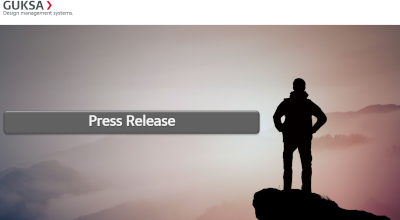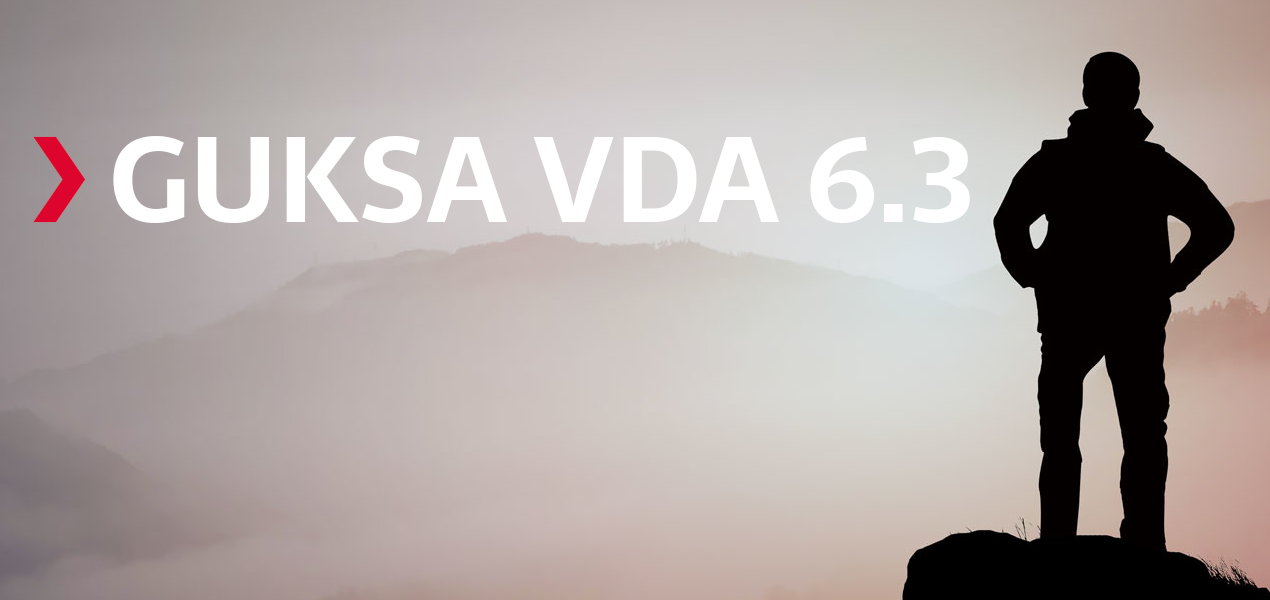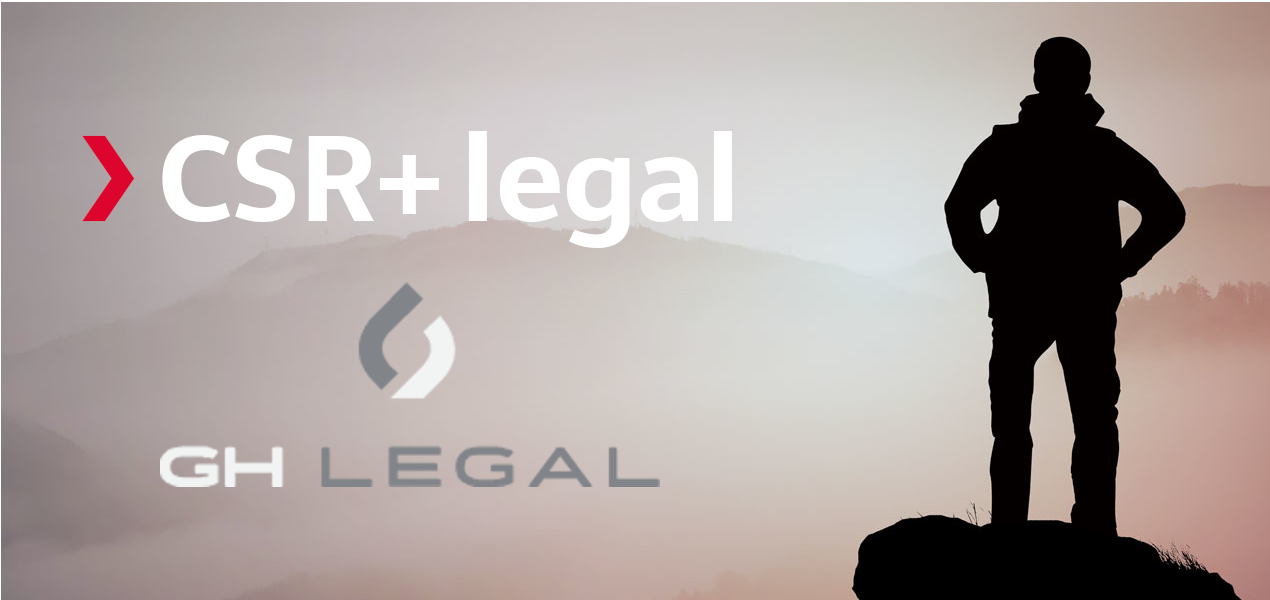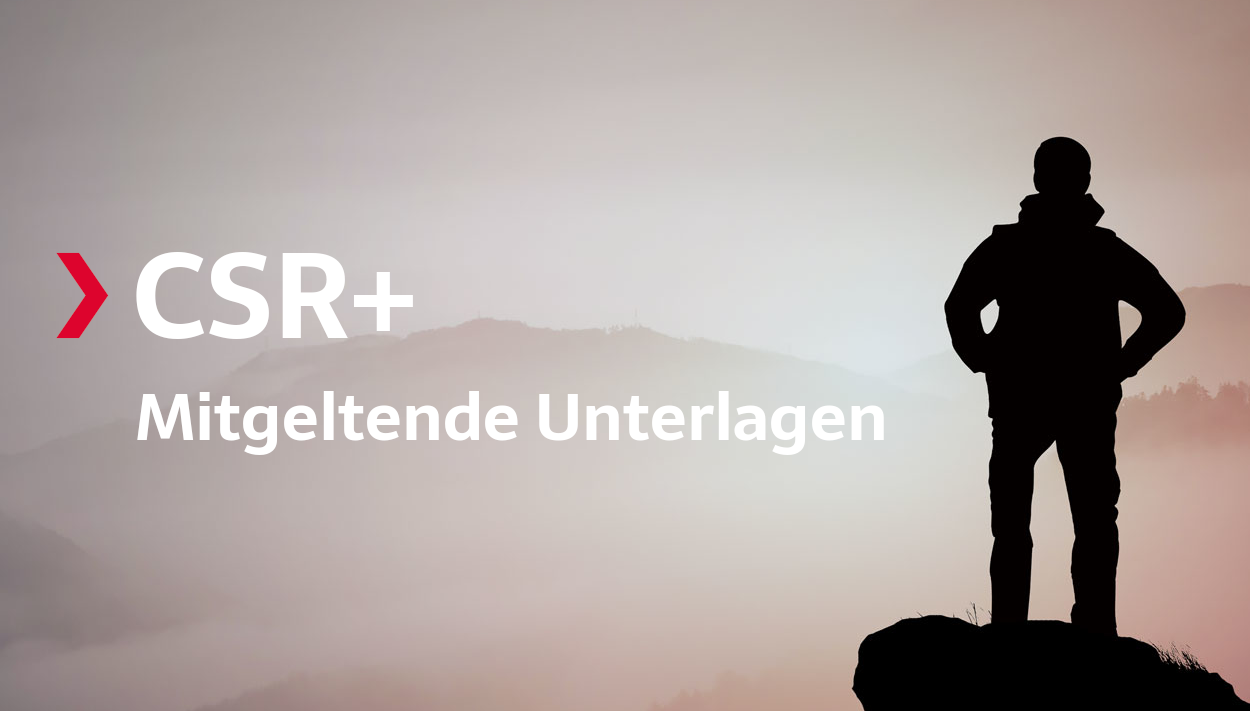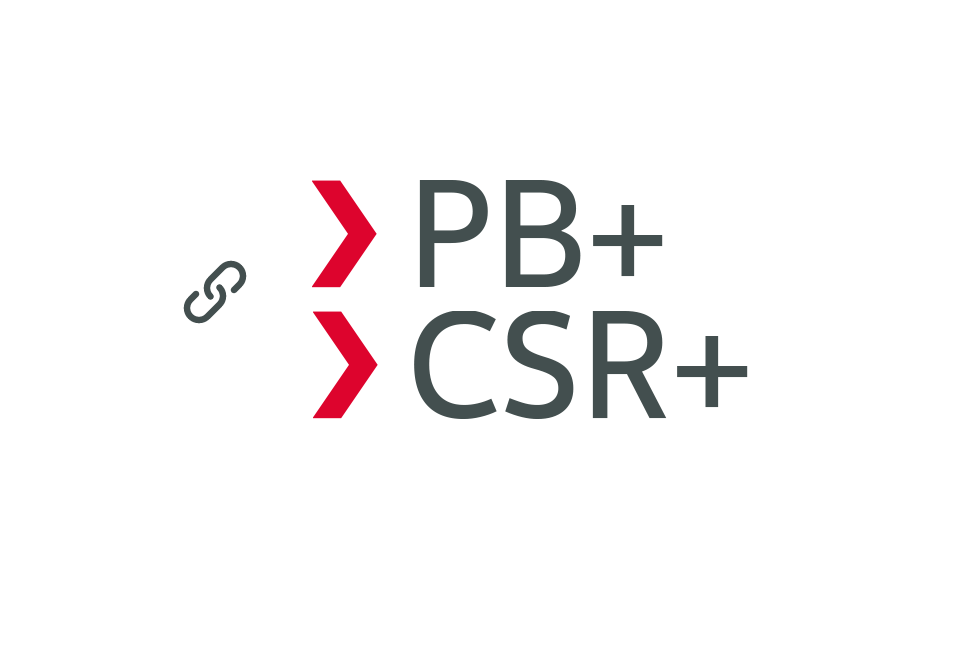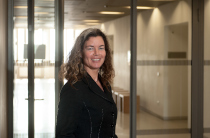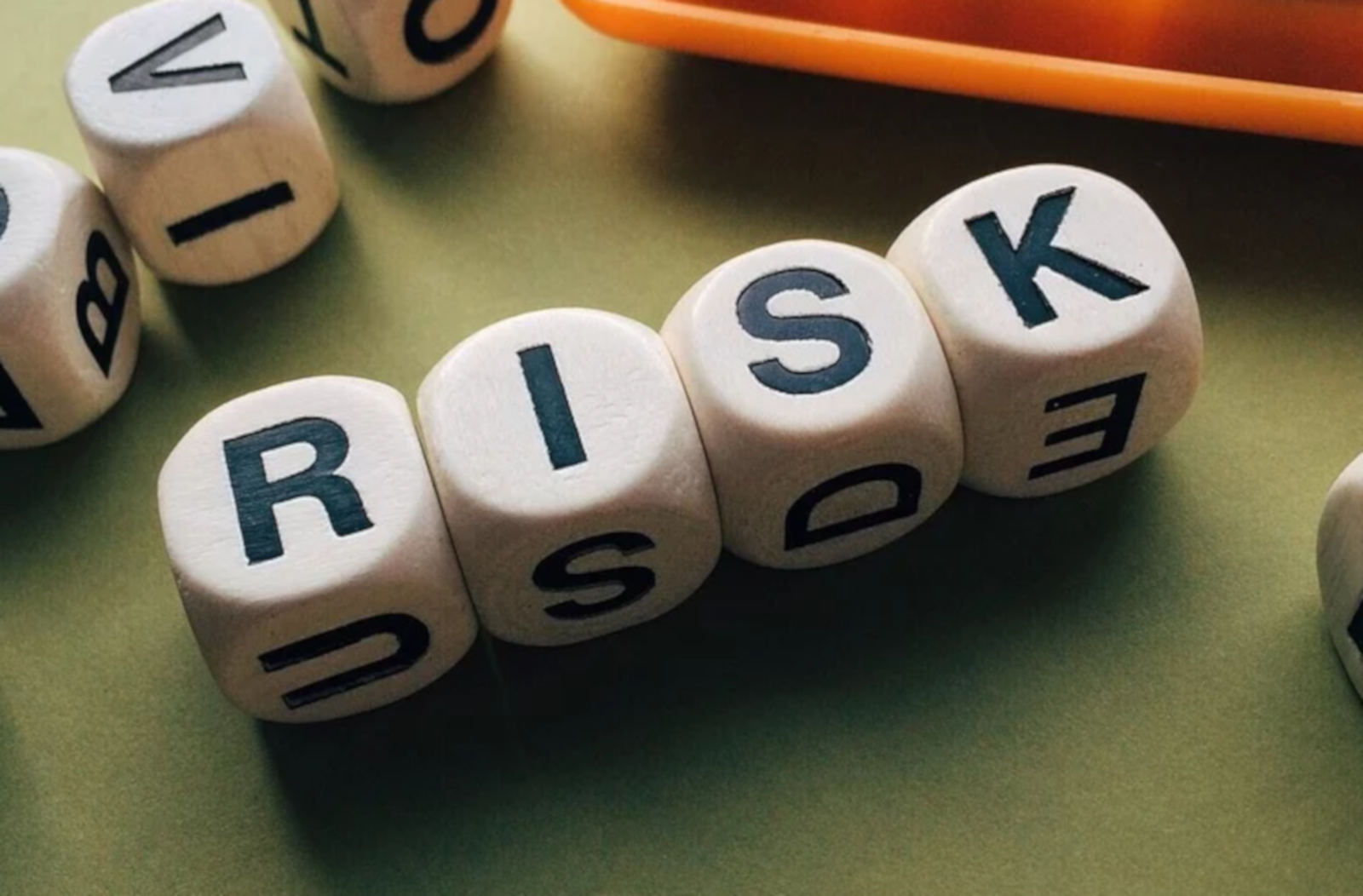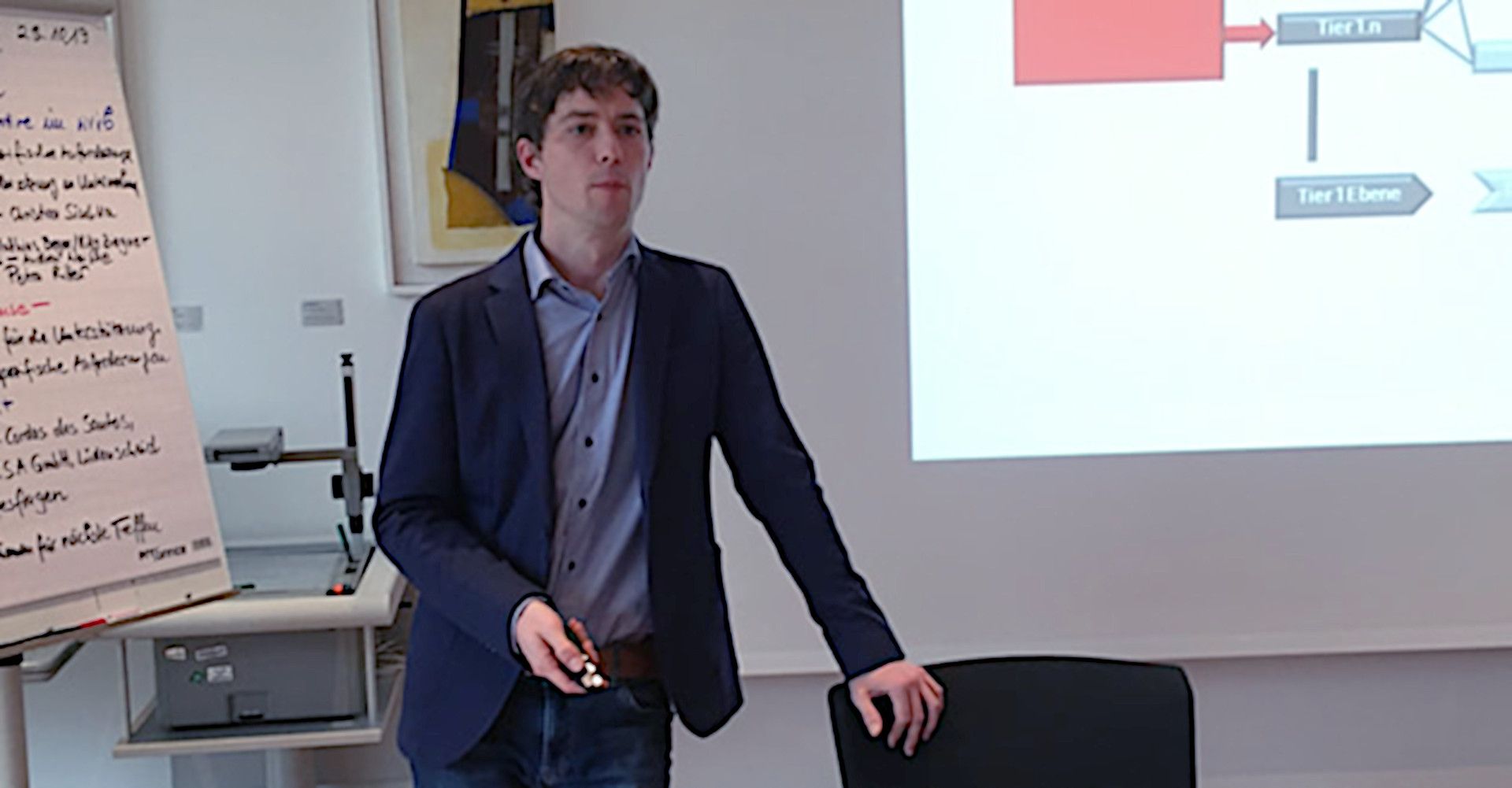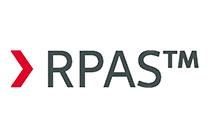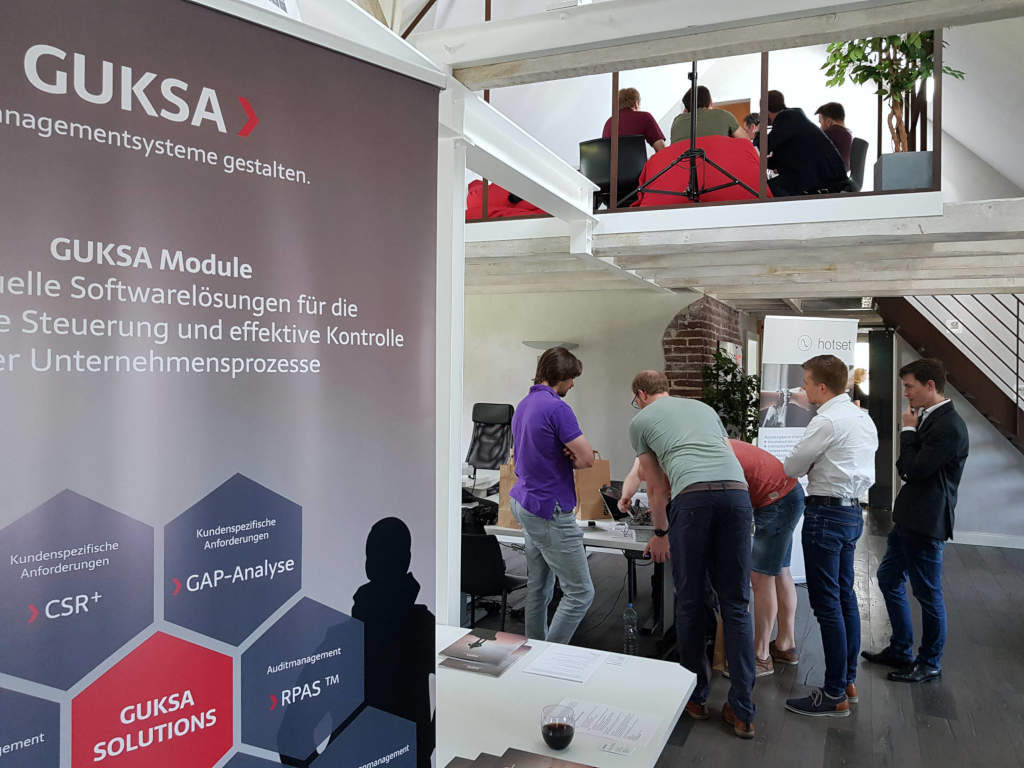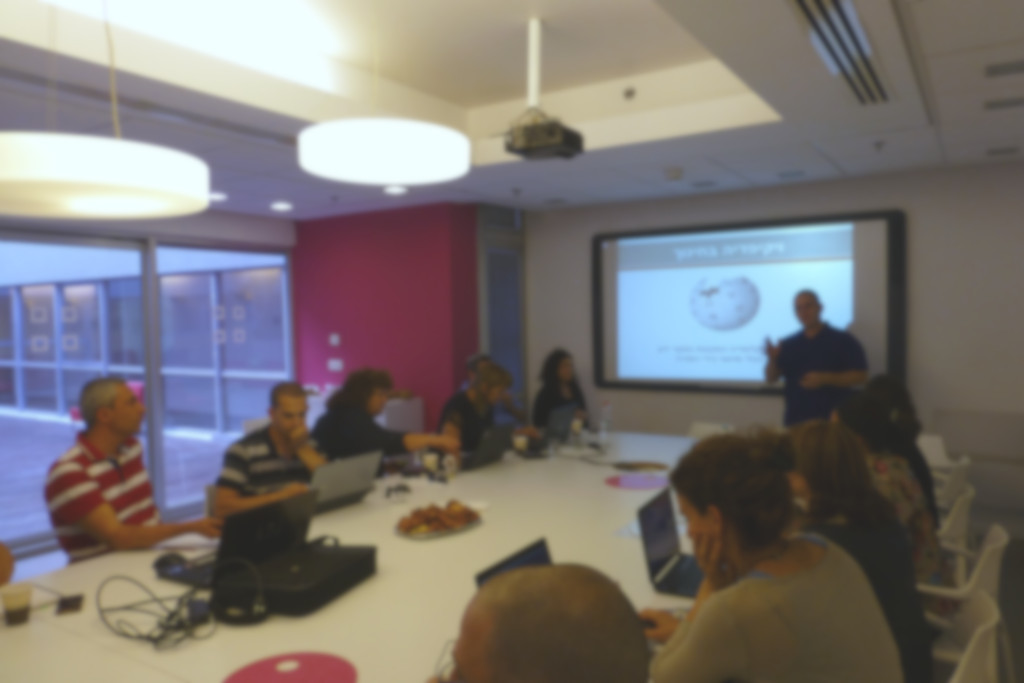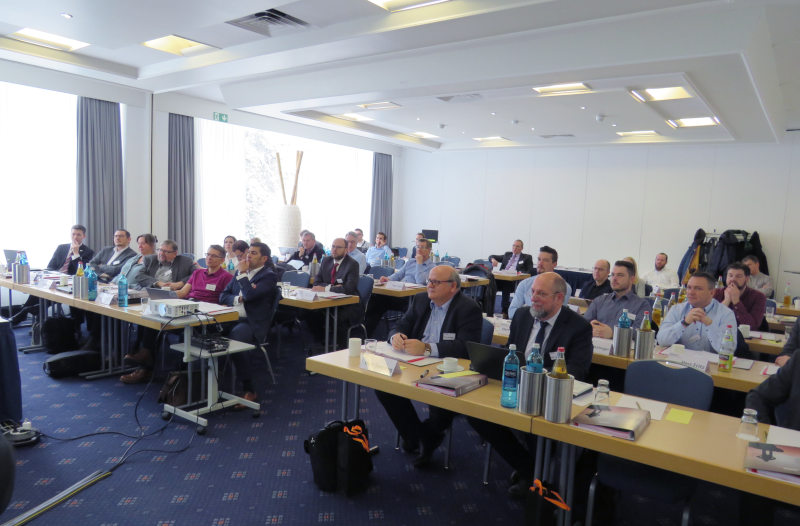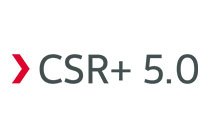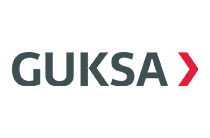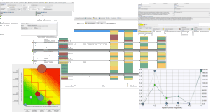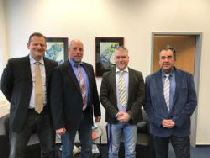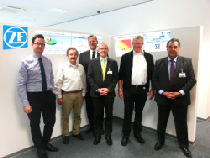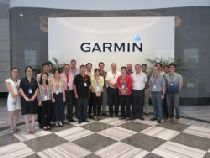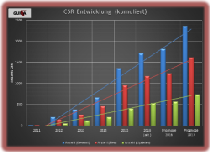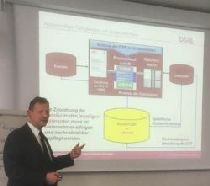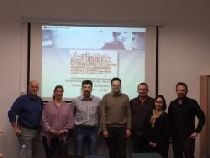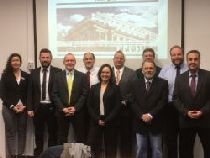An interview with Tanja Wälzholz (Tanja Wälzholz Consulting)
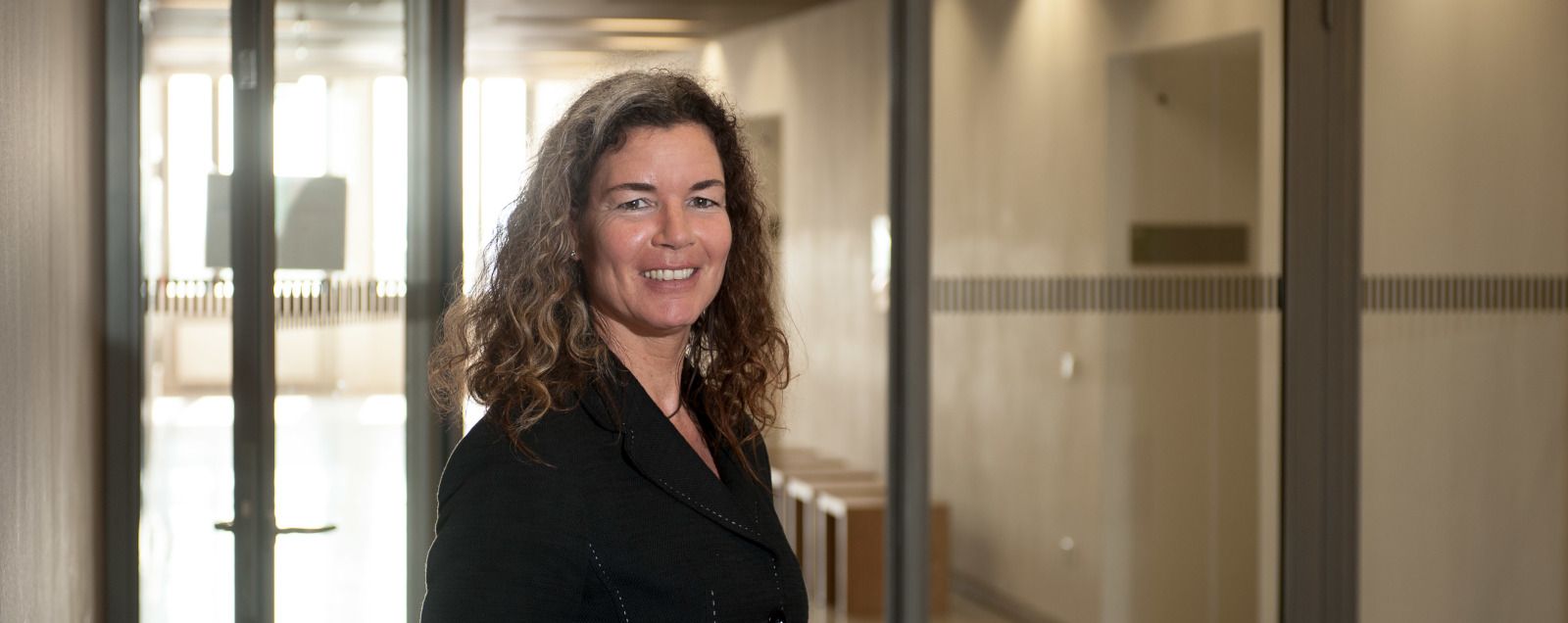
Tanja Wälzholz of Tanja Wälzholz Consulting reports on her experience in introducing RPAS®, the risk management system solution from GUKSA, at Steinbeis University.
Who are you and what is your activity?
My name is Tanja Wälzholz. As a freelance management consultant, I work for organizations of various types and sizes. I am currently leading the Steinbeis University system accreditation project.
How long have you been offering consulting services and which customer group are you specifically targeting?
Since completing my degree in industrial engineering at the TU Darmstadt, I have been working as a freelancer on a small scale. It was only in 2006 that I became self-employed with Tanja Wälzholz Consulting. My customers are mainly automotive suppliers, including companies ranging from global corporations to small family businesses. For many years I have been working for service companies in the automotive industry in particular. My second professional pillar is consulting for universities.
What do you enjoy most about your job?
What I enjoy most is working with companies or organizations that really want to make a lasting change for the better. As part of a team in which this is the motivation, my job is particularly enjoyable.
How did the contact with GUKSA GmbH come about?
Manuel Cordas dos Santos has been a dear colleague for many years. We were both automotive 3rd party auditors at the DQS and have done the one or other TS 16949 audit together. In addition, we were both members of the VDA working group on customer-specific requirements / CSR. For several years now, I have been conducting in-house VDA licence training and audits for auditors at MCS/Guksa. During these events in Lüdenscheid, Mr. Santos was always happy to keep me up to date on the new and further developed GUKSA software modules.
How do you evaluate the cooperation with GUKSA in your opinion?
The cooperation with the colleagues from GUKSA is very valuable for me. In projects where GUKSA software products are used, we as a team adapt the software to the individual customer. It is a real cooperation, where everyone brings in his knowledge and experience, and we come to optimal solutions.
And what is your current joint project?
We are currently working together on the Steinbeis University system accreditation project. For system accreditation, a uniform, central QM system is being implemented at the university. The GUKSA module PB+ is used to map the process landscape. This software module has enabled us to map a uniform, process-oriented QM system within a few months, which we developed in workshops together with GUKSA and the university's faculties. The uniform process landscape was then transferred in PB+ to the faculties or branches of the university. In PB+, all QM-relevant specification documents are now made available centrally and are thus available to all Steinbeis University employees - an important prerequisite for a functioning management system. We conduct process-oriented, risk-based audits to check whether all internal and external guidelines are being implemented in the faculties and branch offices. The GUKSA audit management software RPAS® is used for this purpose. This enables the university management to see at a glance the status of a branch's QM system with regard to the system accreditation requirements. If risks are identified, measures are agreed upon during the audits. The RPAS® module also supports this process with its integrated measure management. GUKSA thus supports the PDCA cycle in the Steinbeis University QM system throughout.
Why is the Steinbeis University interested in a risk management system?
As part of the Steinbeis University's system accreditation project, the aim is to manage the risks associated with system accreditation. In addition to the risks arising from higher education legislation that applies to all universities, there are also the economic risks, as Steinbeis University is a private university in the legal form of a limited liability company.
What challenges do you see in general with regard to the introduction of risk management systems?
In general, the introduction of a risk management system must take into account whether the necessary resources are available or whether additional resources may need to be procured. Especially for the implementation of a risk management system, a project with an appropriate project organization should be set up. This includes everything that makes for good project management - above all, a project management team equipped with appropriate competencies and necessary qualifications. The project team includes managers and employees from all organizational units. It is clear to me that the introduction of a risk management system cannot simply run alongside day-to-day business. Before introduction, it is necessary to check which other management systems are already implemented and lived in the organization. If, for example, a well-functioning, truly process-oriented QM system, or even an integrated management system, with the appropriate infrastructure is in place, this naturally facilitates the implementation of the risk management system. Then it has to be checked which software to support the risk management system makes sense in the given environment.
And what do you see as the biggest challenge in the introduction phase?
In my experience, the biggest challenge in implementing a risk management system lies in the prevailing corporate culture or in the mindset of managers. One of the most important management tasks in dealing with a risk management system is to really face up to the risks. Risk management primarily means becoming aware of the risks and evaluating them. The consequence of this is that measures must be set up and implemented to manage the identified risks. And it is precisely this transparency and the resulting pressure to act that most managers do not really like. This is also the biggest challenge in the project with Steinbeis University. The internal audits using the RPAS® system make the status of the QM system of the university management/headquarters and the individual faculties not only transparent, but also clearly visible and comparable through the graphic representation in the risk map. Many colleagues find this good and some less good - just like in any other company. Interestingly enough, the acceptance of the presentation of the risk analysis results in the risk map is highest among the faculties and branches where risk management is part of the subject area, i.e. where one is familiar with risk management systems.
How do you see the system accreditation at universities in this context?
The requirements that system accreditation places on a university require - as the name implies - the university to see itself, together with all faculties and the university management, as a system with a common management system. At first glance, this seems to contradict the autonomy of the faculties, which is enshrined in law. Depending on how a uniform QM system is implemented at a university, system accreditation at universities is therefore also difficult and sometimes even impossible. A centrally prescribed QM system that does not take sufficient or even any account of the individuality of the faculties is doomed to failure, or becomes a pure paper tiger, in the truest sense of the word!
So what should be regarded as a prerequisite for successful system accreditation?
In my experience, system accreditation can only be successful if the individuality of the faculties is maintained to the greatest possible extent and all those concerned are made participants in the project. For such an approach, one needs true university presidencies, a committed project team, competent project management and, last but not least, a consistent system to manage the risks that system accreditation entails in a goal-oriented and, above all, sustainable manner. This is exactly why we decided to work with GUKSA and especially RPAS®.
What advantages and special features do you see especially in the RPAS® system?
As already mentioned: First and foremost, the possibility of making the weighted risks that are relevant to a company's management system visible in a graph, and the associated possibility of comparing different locations or faculties at universities among themselves or over the course of the project. Furthermore, in my view, the integrated tool for action management is a great advantage. RPAS® offers the possibility to implement the Plan-Do-Check-Act control cycle throughout the organization with all associated processes and organizational units. RPAS® is linked to the mapping of the process-oriented management system and all related internal and external specification documents. By individually defining the risk factors of the organization in RPAS®, the risk management system becomes the guarantor for the implementation of the corporate strategy. This means that the RPAS® system is used for policy deployment through strategy implementation in day-to-day business operations. Correctly used, RPAS® is an operative strategy implementation system, and thus support for the sustainable strategy-focused development of a company.
What will the project mean for Steinbeis University in the short and long term?
For the Steinbeis University, the implementation of the risk management system means short-term:
- The opportunity to implement a uniform QM system quickly and at the same time sustainably throughout the university,
- Proof of the maturity level of the QM systems in the individual faculties or branches,
- The chance to show the degree of implementation of the accreditation requirements in the branch offices over the course of the project,
- Setting up targeted measures to minimize the risks in the project,
- To provide objective proof that the university has implemented a functioning QM system and is living it,
- The receipt of the system accreditation certificate and thus the possibility of accrediting study programmes yourself.
In the long term, this means for Steinbeis University:
- To ensure the quality of research and teaching at Steinbeis University in the long term, and thus
- The operational implementation of the strategic orientation of Steinbeis University.
- To be prepared for all new or additional requirements that the university may face, such as institutional accreditation.
How do you see the future of risk management? Can RPAS® also be a solution for other companies?
The more I work with RPAS® and use this comprehensive system operationally in the project, the clearer it becomes to me how valuable this integrated risk management system can also be for other companies. In my view, RPAS® is, on the one hand, the perfect tool for managing the operational risks in an organization. This is because the risks are always very transparent, weighted according to their importance for the organization, graphically visible, and at the same time can be managed via the action management with the appropriate priorities. On the other hand, RPAS® offers the possibility of systematic strategy implementation and tracking in the value-adding processes of an organization via the company-specific definition of risk factors, and can thus enable sustainable success.
Thank you very much for the interview, Ms Wälzholz.
If you found the interview helpful or interesting, we would be very grateful if you would share this article with others.
Your feedback is also very welcome, please simply send it to the following e-mail address:
You can find more information about Tanja Wälzholz Consulting on the company website:
Tanja Wälzholz Consulting (Link to external website)
You can find more information about the software RPAS® on our website:

